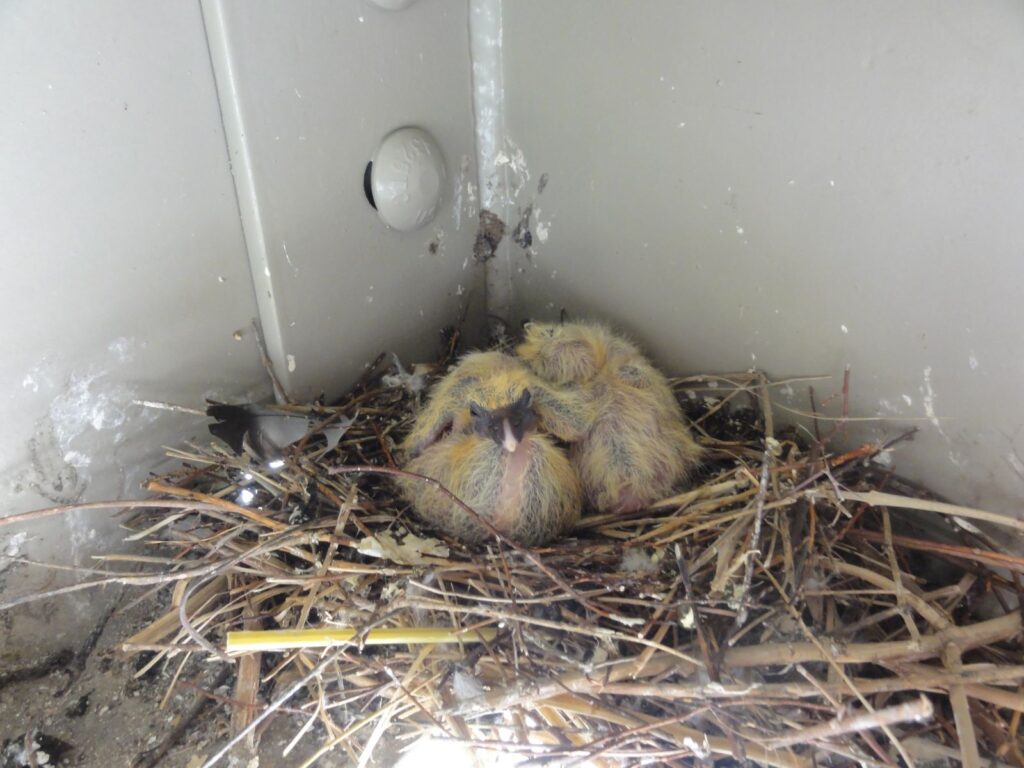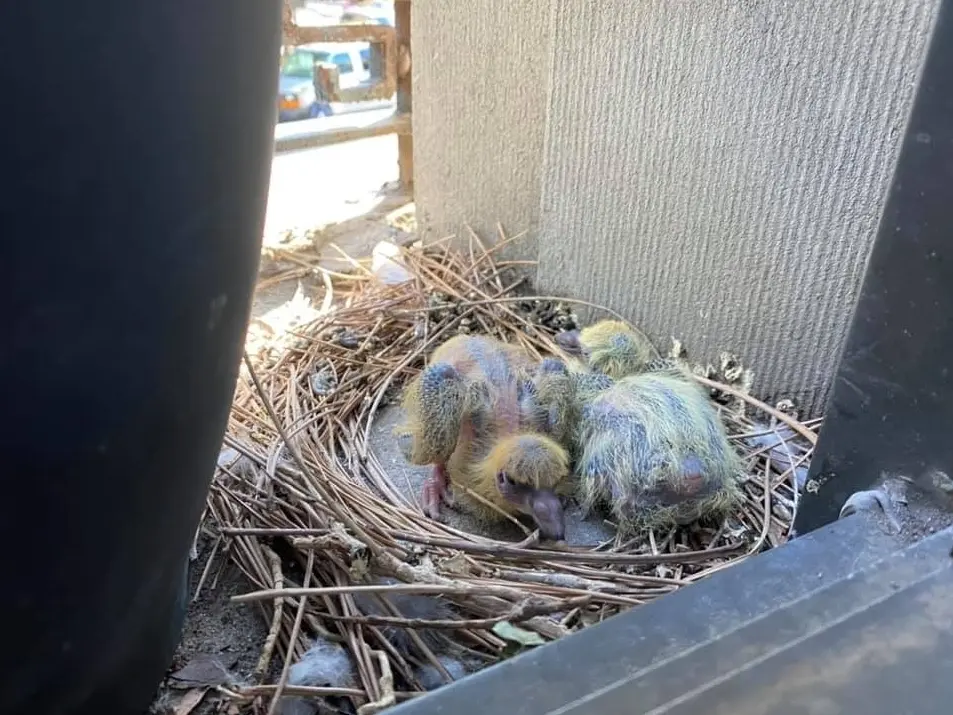Birds nesting or roosting in unwanted areas can be annoying and even problematic. However, it is important to do bird removal and exclude birds in a humane and legal way. Here are some options:

- Seal entries and holes. The first step is to block the birds’ entry points and nesting sites. Patch holes in siding, cover chimneys, install screens over vents and windows, and trim overhanging tree branches. This will stop new birds from entering while any existing birds leave on their own.
- Install nets, wires or spikes. Devices like netting, wire grids, and spikes can be installed to exclude birds from areas like ledges, eaves and roof surfaces. Make sure to use wide-meshed netting to avoid trap existing birds.
- Remove nests when unoccupied. If birds have already built nests, wait until the end of nesting season when young have fledged and parents have left the nest. Then remove and dispose of abandoned nests. Do not disturb active nests containing eggs or young.
- Use noise or visualdeterrents. Motion-activated noises, flashing lights, ribbons, and whirligigs can deter some birds from roosting or nesting in an area. Replace or move deterrents regularly so birds do not become accustomed to them.
- Hire a professional. For large bird infestations, hiring a professional wildlife management company may be needed. They can humanely trap and exclude birds using methods approved by the U.S. Department of Agriculture. Lethal removal should only be an absolute last resort.
- Avoid traps, poisons and pesticides. Never use poisons, glue traps or pesticides to remove birds. These methods are inhumane, illegal and can harm other wildlife.
- Obtain permits if needed. Some species of birds are protected by the Migratory Bird Treaty Act. You may need state or federal permits to legally remove nests or exclude birds during nesting season. Contact your state’s wildlife agency to learn more.
By taking these humane, legal steps to bird removal from your property, you can solve your issue while avoiding harming wildlife. Some level of coexistence is often possible with common urban birds, so exclusion methods that allow birds to simply move elsewhere are ideal.




No comment